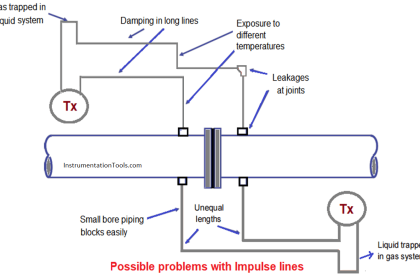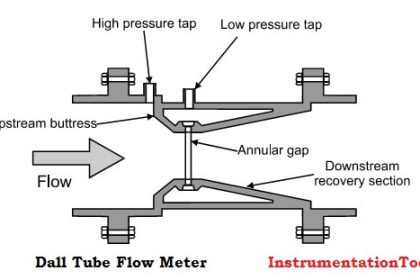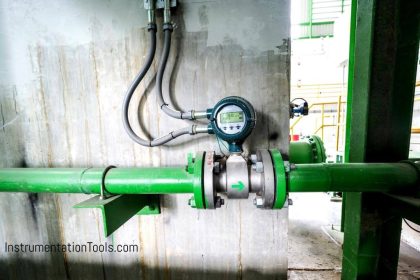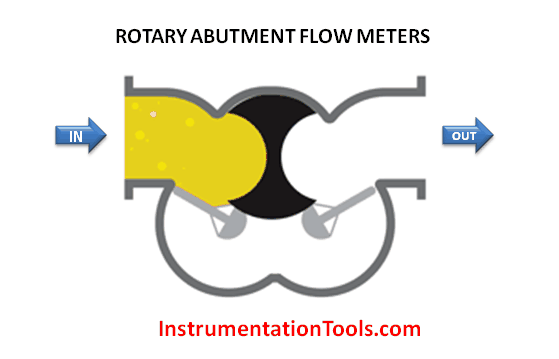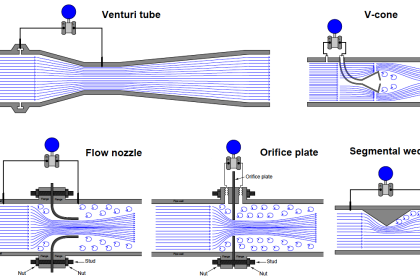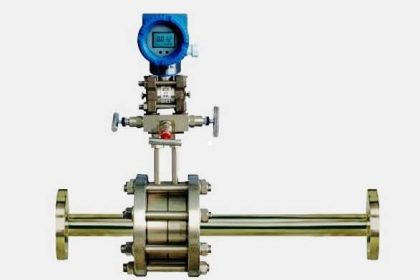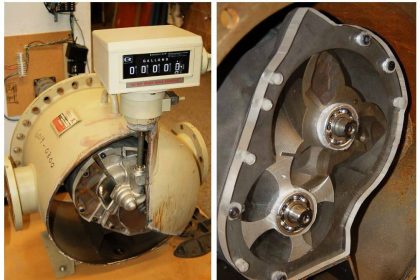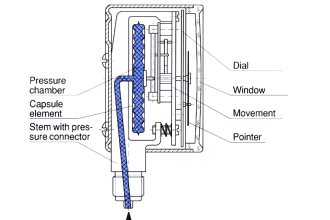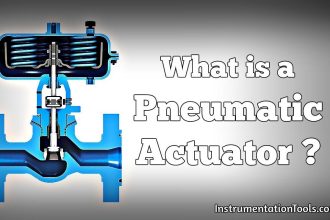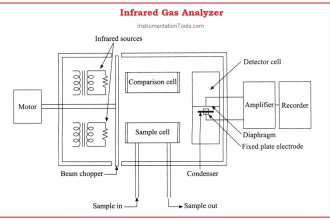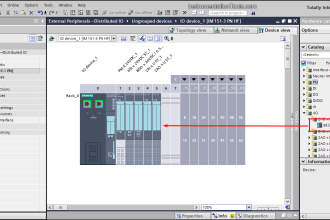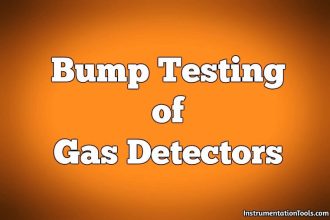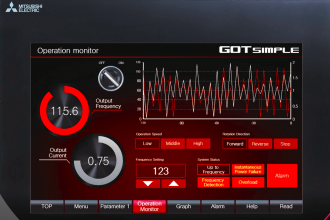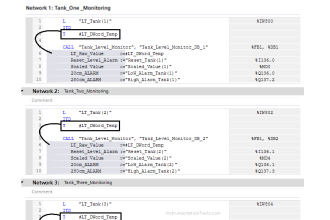The orifice flow meter is a well-established flow measurement method. The sizing, dimension, and installation requirements are dictated by ISO 5167-1 & ISO 5167-2.
Basically, the orifice sizing involves a coefficient that was determined from the empirical test. This coefficient is the coefficient of discharge.
During the test, the fluid flow is required to be a fully developed flow condition which means a fluid flow that is not a swirl-flow.
Orifice Plate
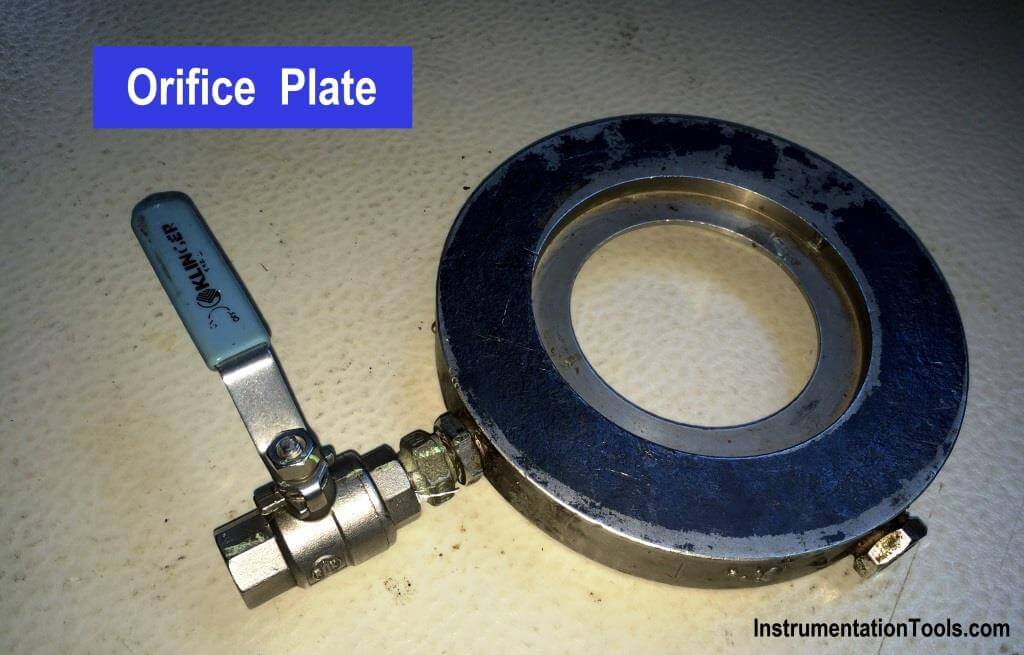
This requirement is proved to be effective enough to produce the lowest uncertainty of coefficient of discharge which can lead to an accurate flow measurement reading.
If the fluid flow isn’t fully developed, it is proved also that the uncertainty of the coefficient of discharge is high which can lead to an inaccurate flow measurement reading.
The swirl flow itself can be caused by an elbow, control valve, or any other equipment in the upstream and downstream of the orifice plate.
There are two methods to establish the swirl-free conditions, by putting a certain straight run pipe length and by using an additional flow straightener or flow conditioner to reduce the straight run requirement.
ISO 5167-2 has already specified the requirement of this straight run with or without a flow conditioner. The straight run on that standard was determined experimentally and give a practical number that shall be followed to get the required flow meter uncertainty.
If you liked this article, then please subscribe to our YouTube Channel for Instrumentation, Electrical, PLC, and SCADA video tutorials.
You can also follow us on Facebook and Twitter to receive daily updates.
Read Next:
- Integral Flow Orifice Assembly
- What is an Orifice Flange?
- Types of Orifice Tappings
- What are the different Orifice Plates?
- Turndown ratio of Orifice Plates
